(By Khalid Masood)
In the serene yet tense setting of Kananaskis, Alberta, the 51st G7 Summit, held from June 15 to 17, 2025, convened leaders from the world’s leading democracies to confront a cascade of global challenges. Hosted by Canadian Prime Minister Mark Carney, the summit aimed to forge consensus on climate finance, artificial intelligence (AI) governance, economic resilience, and the escalating Israel-Iran conflict. Yet, the gathering was marred by U.S. President Donald Trump’s abrupt departure on June 16 and controversies, including the contentious invitation of Indian Prime Minister Narendra Modi. The G7’s joint declaration, particularly its handling of Israel’s airstrikes on Iranian nuclear sites, has drawn sharp criticism for its perceived bias, framing Israel as a victim despite its role as the aggressor. This article dissects the summit’s outcomes, Trump’s exit, the declaration’s language, and the implications of its diplomatic tilt, revealing a forum struggling to balance strategic interests with moral leadership in a fractured world.
Setting the Stage: The Kananaskis Summit
The 2025 G7 Summit, held at the Kananaskis Country Golf Course, brought together leaders from the United States, Canada, France, Germany, Italy, Japan, the United Kingdom, and the European Union, represented by European Council President Antonio Costa and Commission President Ursula von der Leyen. Under Carney’s leadership—following Justin Trudeau’s 2024 resignation—the summit prioritized three pillars: critical mineral supply chains, private investment for infrastructure, and economic growth through AI and quantum computing. Other issues included Ukraine’s ongoing war, climate change, and Middle East tensions, particularly Israel’s June 12 airstrikes on Iranian nuclear facilities near Tehran and Isfahan. The invitation of Modi, despite India’s human rights issues and press freedom rank of 150/180 and minority rights concerns, sparked protests from 500 activists in Calgary, with Amnesty International decrying it as a “reward for authoritarianism.” The summit, thus, unfolded under a cloud of diplomatic friction and global scrutiny.
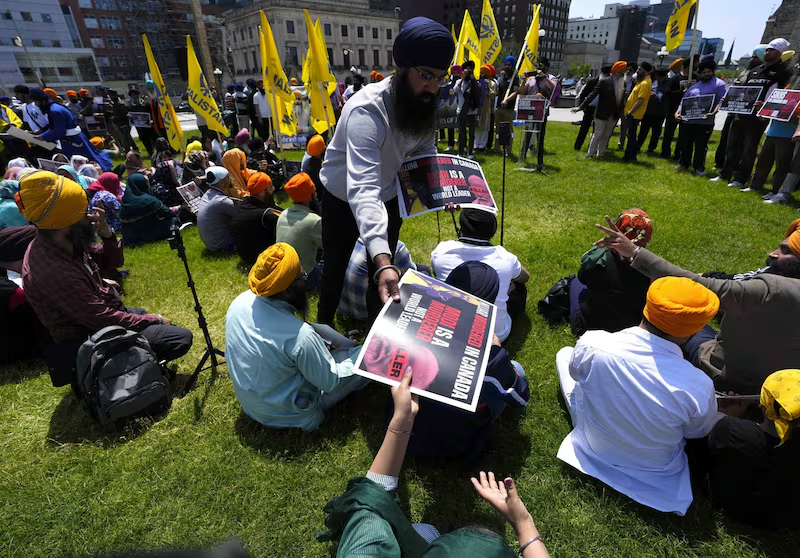
Sikhs activists protesting against Indian PM Modi
Trump’s Abrupt Departure: A Diplomatic Wild Card
On June 16, the second day of the summit, President Trump left early, citing “important matters” back home, leaving Secretary of State Marco Rubio to represent the U.S. The White House offered no specifics, but the timing—days after Israel’s strikes on Iran—suggests domestic pressures or Middle East developments may have prompted his exit. Trump’s departure echoed his 2018 Charlevoix Summit walkout, where he disavowed the communiqué, calling Trudeau “dishonest & weak.” Despite his absence, the G7 finalized a U.S.-UK trade deal and issued a joint declaration, though analysts noted Trump’s unpredictability strained discussions, particularly on Iran. His exit underscored the U.S.’s pivotal yet volatile role in G7 dynamics.
The G7 Declaration: A Call for Restraint Without Condemnation
The G7’s joint statement, issued on June 17, addressed the Israel-Iran conflict with measured language: “We are deeply concerned by the recent escalation of violence in the Middle East and call on all parties to exercise maximum restraint and to avoid any further actions that could lead to a wider conflict.” The declaration urged Iran to comply with the Joint Comprehensive Plan of Action (JCPOA) and supported a two-state solution for the Israeli-Palestinian conflict, but notably omitted any condemnation of Israel’s airstrikes on Iranian nuclear sites or killing top Iranian military leadership. Israeli Prime Minister Benjamin Netanyahu justified the strikes as “necessary to prevent Iran from developing nuclear weapons,” while Iran’s President Ebrahim Raisi labeled them “state terrorism,” vowing retaliation. The G7’s silence on Israel’s actions contrasted sharply with Russia and China’s strong condemnations, highlighting a diplomatic divide.
Undue Bias Toward Israel: A Pattern of Double Standards
The G7’s failure to condemn Israel’s airstrikes, which targeted sovereign Iranian territory and killed civilians, scientists, and commanders, reflects a bias that paints Israel as a victim despite its role as the aggressor. Israel’s undeclared nuclear arsenal, estimated at 400 warheads, and its refusal to join the Non-Proliferation Treaty (NPT) or allow IAEA inspections stand in stark contrast to Iran’s monitored nuclear program under the JCPOA, despite ongoing disputes. The G7’s emphasis on Iran’s compliance without questioning Israel’s nuclear opacity mirrors Western media’s framing, as seen in coverage of Israel’s Damascus embassy strike in 2024, which downplayed Israel’s aggression while amplifying Iran’s response. Russia’s Vladimir Putin and China’s Xi Jinping condemned the strikes as “violations of international law,” with Putin warning of “catastrophic consequences.” The G7’s neutral stance, by contrast, implicitly endorses Israel’s preemptive doctrine, undermining the principles of sovereignty and accountability.

This bias is not new. The G7’s 2014 response to Israel’s Gaza operations similarly avoided criticism, focusing on Palestinian rocket attacks, a pattern echoed in Western media’s “beheaded babies” narrative in 2023, later debunked but widely circulated. From a Pakistani perspective, this double standard recalls India’s media-driven narrative against Pakistan in the May 2025 conflict, where unverified “terrorism” claims overshadowed India’s aggression. The G7’s declaration, by sidestepping Israel’s role, risks legitimizing unilateral strikes, a precedent that could destabilize regions like South Asia, where Pakistan navigates similar tensions.
Implications for Global Diplomacy
The G7’s biased stance has profound implications. By not holding Israel accountable, it risks alienating Middle Eastern nations and emboldening aggressive policies, as seen in Israel’s 2007 al-Kibar strike on Syria. Iran’s vowed retaliation, backed by Russia and China, could escalate into a wider conflict, with Hormuz Strait disruptions threatening 21% of global oil flows. The G7’s credibility as a mediator is at stake, with social media posts decrying its “hypocrisy” in favoring allies over justice.
The G7’s broader outcomes—$20 billion for Ukraine, $100 billion annually for climate finance, and an AI Governance Charter—demonstrate its influence, but internal divisions, exacerbated by Trump’s exit, weakened consensus. The U.S.’s hardline support for Israel, contrasted with EU calls for diplomacy, mirrors debates over Modi’s invitation, highlighting the G7’s struggle to uphold democratic values. This selective approach risks driving nations like Pakistan, wary of Western double standards, toward multipolar alliances.
The Role of Diplomacy: A Call for Equity
Diplomacy demands impartiality, yet the G7’s declaration reflects a Western bias that prioritizes alliances over principles. A balanced approach—acknowledging Israel’s aggression alongside Iran’s response—could foster dialogue, as urged by UN Secretary-General Antonio Guterres. The G7 must emulate forums like the UN, where Russia and China’s condemnations set a precedent for accountability. By failing to do so, the G7 risks losing relevance in a multipolar world, where BRICS’ 2024 expansion offers an alternative voice.
G7 Summit 2025: Key Outcomes and Contributions
| Country | Key Contribution (2025) | Notable Stance on Israel-Iran |
|---|---|---|
| United States | $10B for Ukraine, AI governance push | Hardline support for Israel |
| Canada | $5B climate finance, summit host | Neutral, urged de-escalation |
| United Kingdom | $2B PGII, human rights advocacy | Neutral, urged restraint |
| France | $3B COVAX, Middle East diplomacy | Pushed for UN-led talks |
| Germany | $4B Green Climate Fund, EU diplomacy | Advocated dialogue |
| Italy | $1B Africa partnerships, migration focus | Neutral, supported restraint |
| Japan | $3B climate finance, Indo-Pacific focus | Neutral, focused on stability |
| EU | $8B Ukraine, AI/climate norm-setting | Emphasized diplomatic solution |
Source: Official G7 communications and media reports
Conclusion: A Legacy Tested, A Path Forward
The 2025 G7 Summit, intended as a beacon of multilateralism, revealed the fragility of its moral authority. Trump’s early departure and the Modi controversy underscored internal rifts, but the declaration’s bias toward Israel—ignoring its aggression while urging Iran’s restraint—casts a long shadow. The G7’s failure to uphold international law risks escalating Middle East tensions and alienating the Global South which seeks equitable global governance. As BRICS and G20 gain traction, the G7 must reform, embracing impartiality to restore trust. The road ahead demands a delicate balance: strategic pragmatism must not trump justice, lest the G7’s legacy falter in a world yearning for fairness.

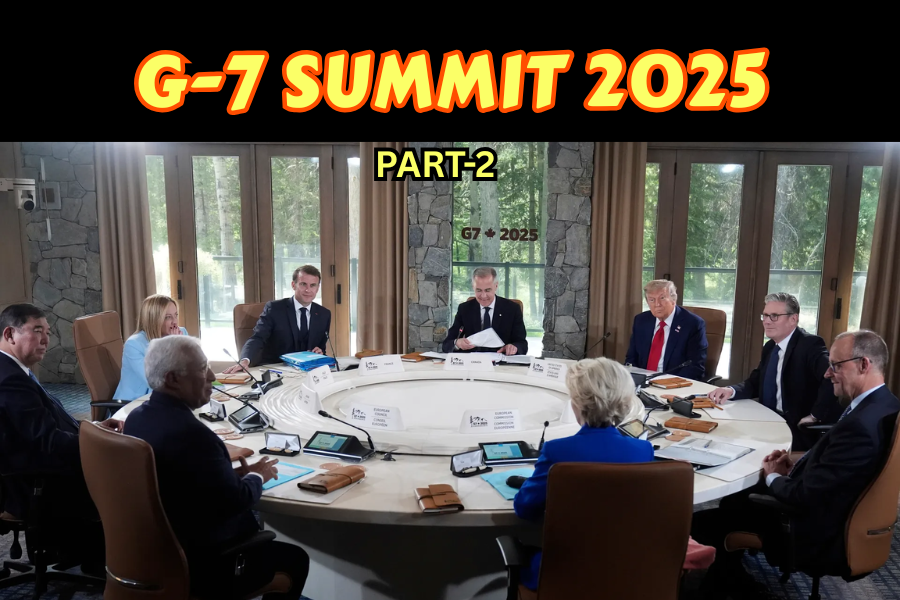

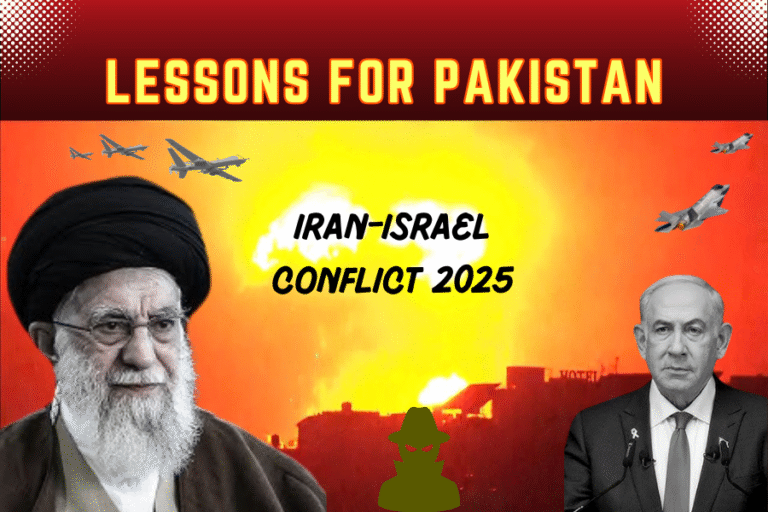
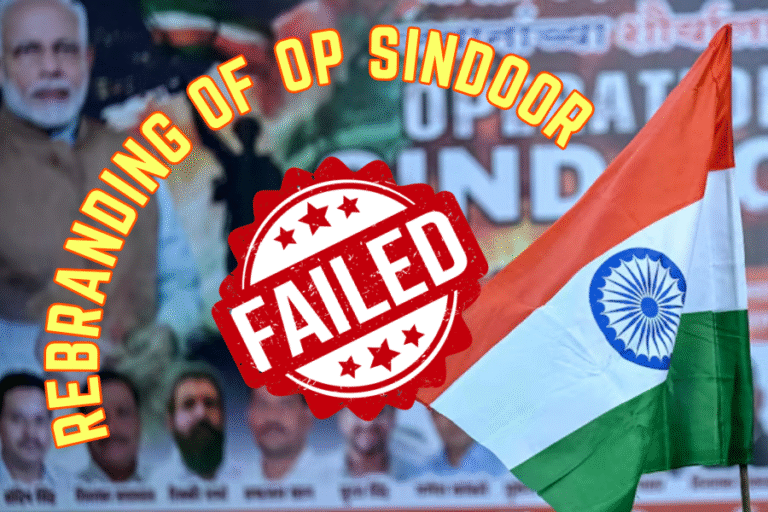
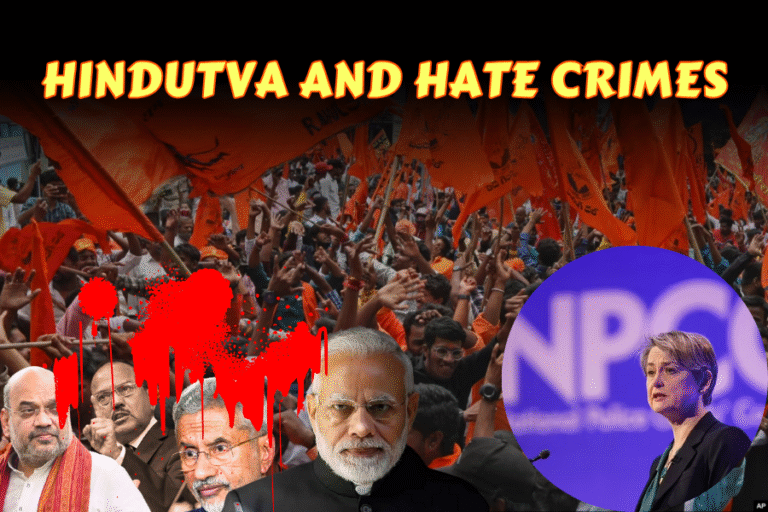
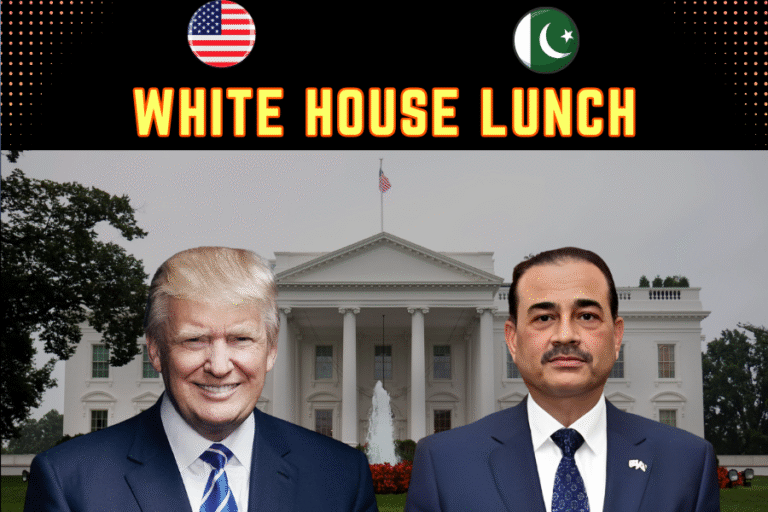
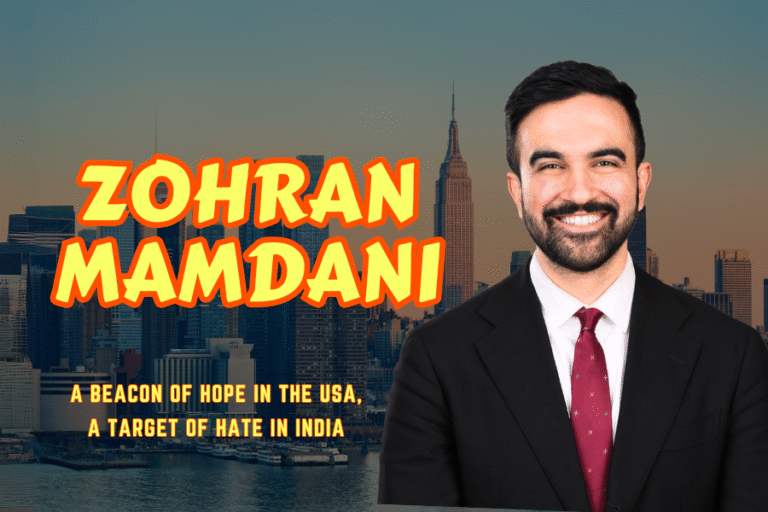
One Comment